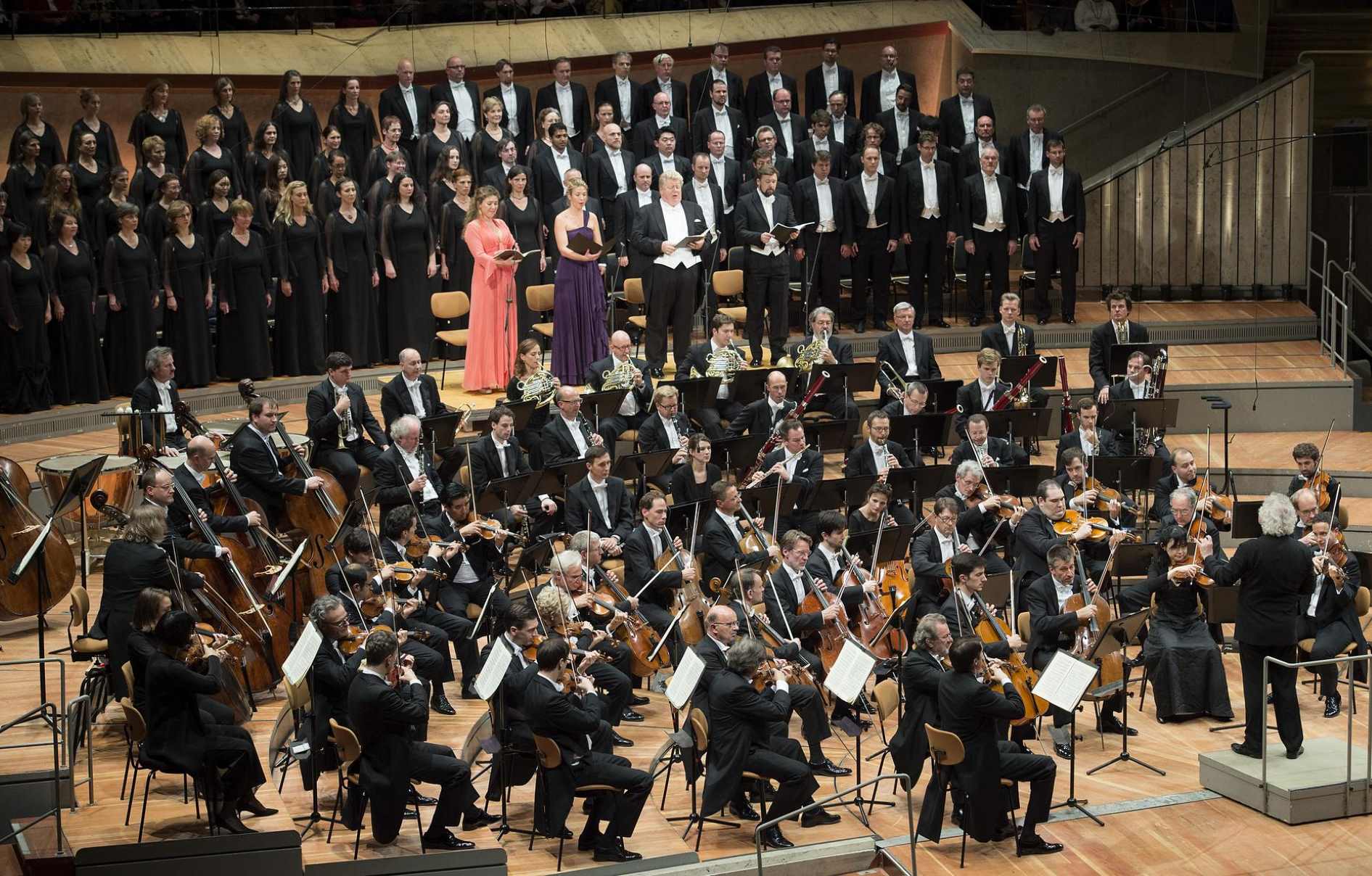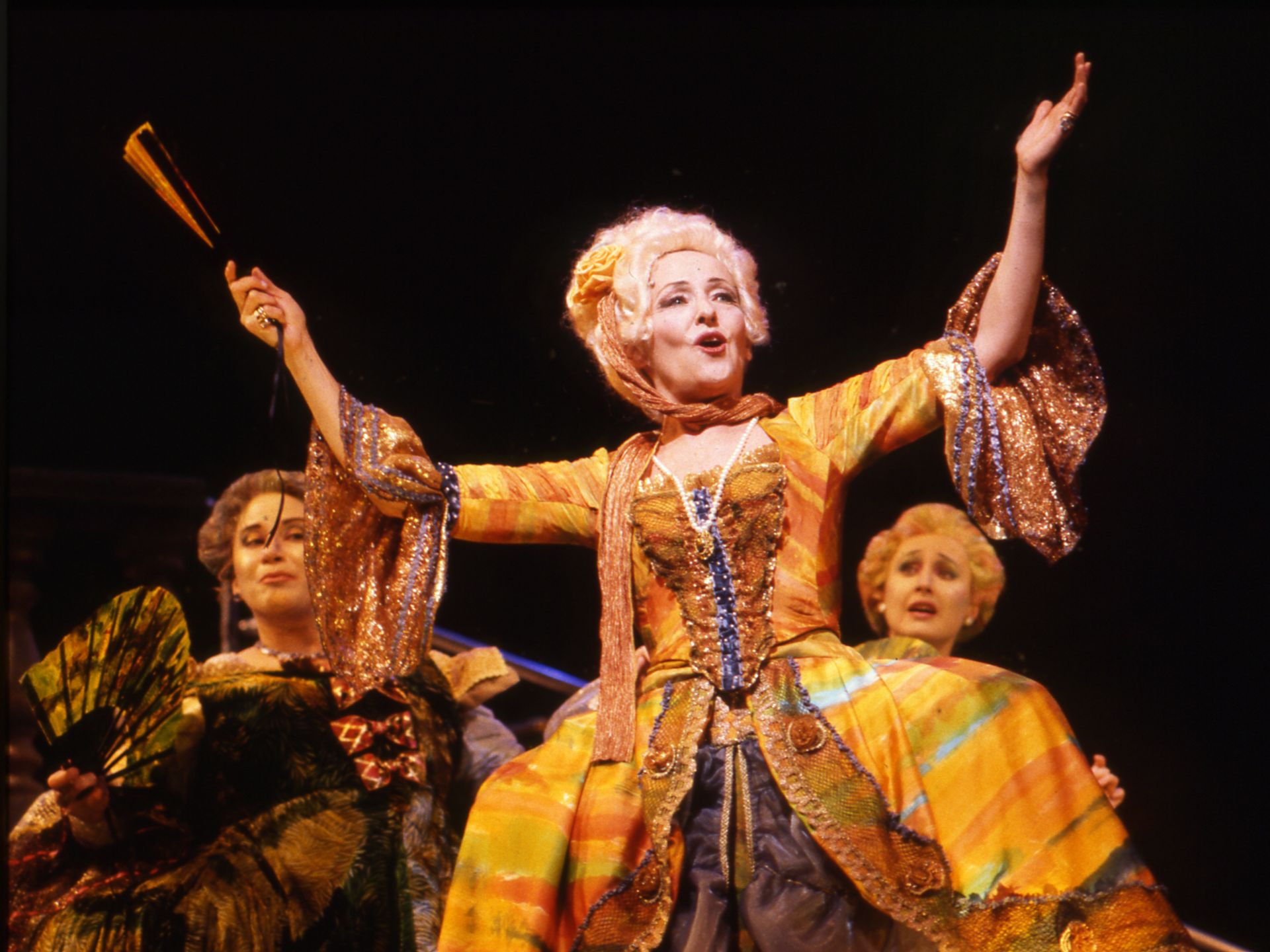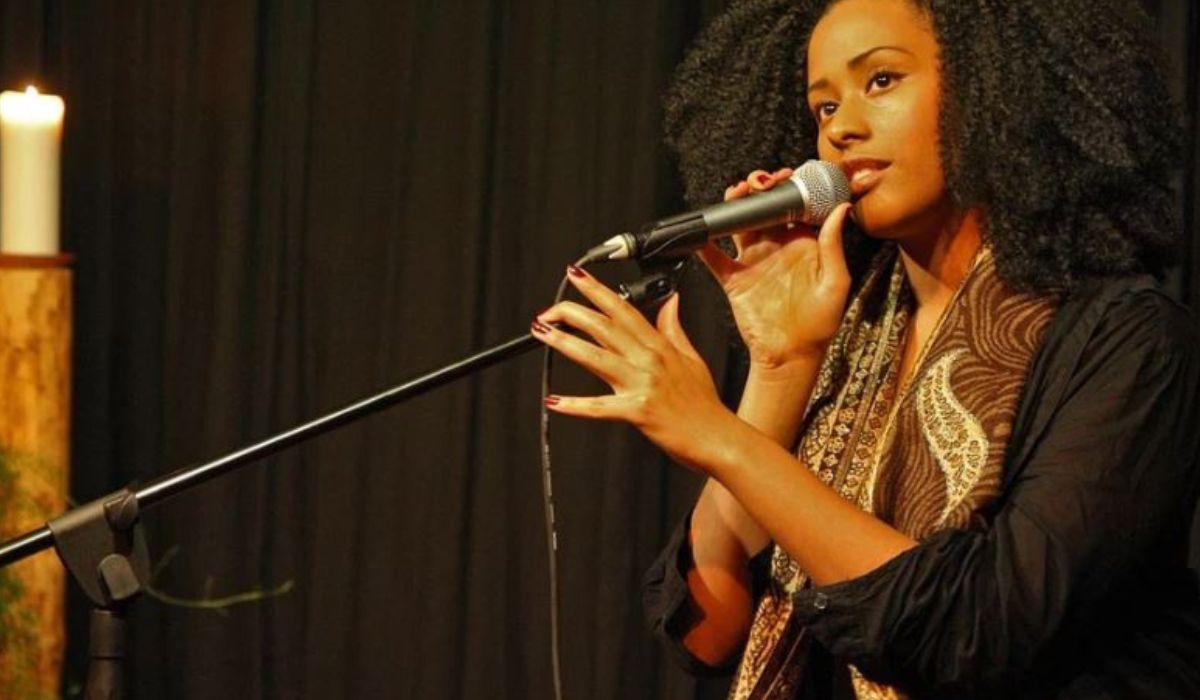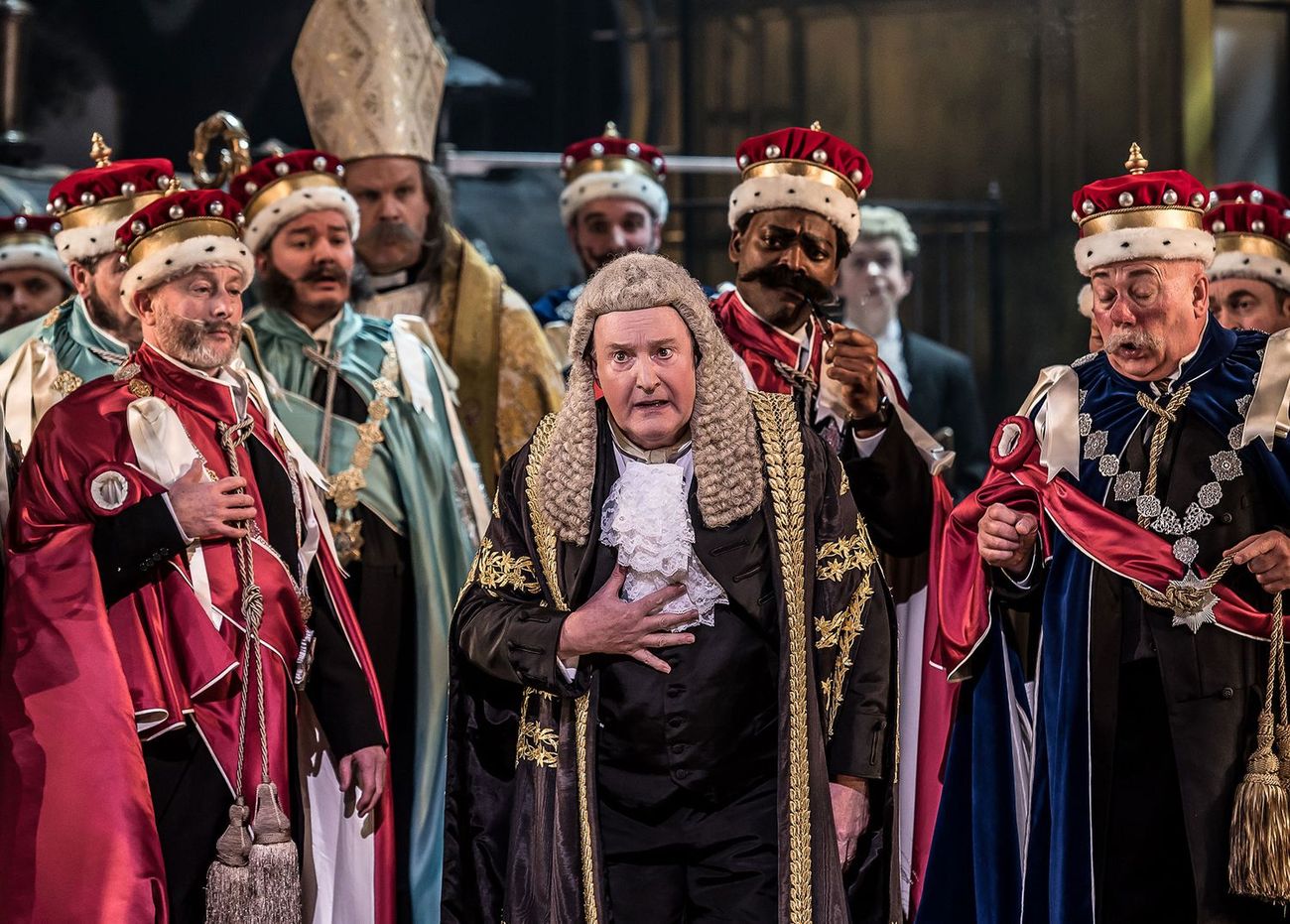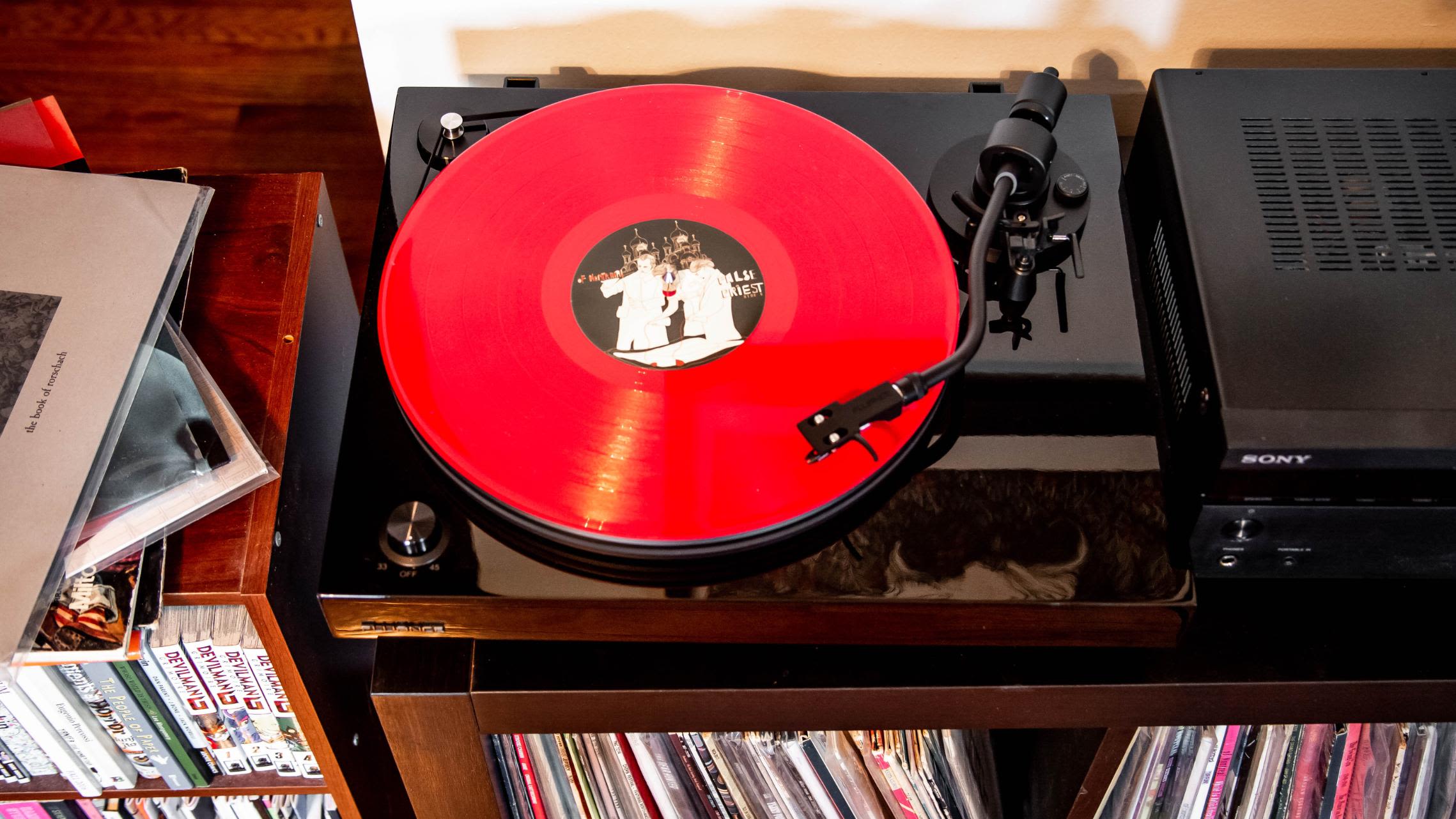

Hip Hop
What Difference Between Hip Hop And Rap
Modified: January 25, 2024
Discover the key distinctions between hip hop and rap. Explore the origins, styles, and cultural influences of this dynamic genre. Dive into the world of hip hop today!
(Many of the links in this article redirect to a specific reviewed product. Your purchase of these products through affiliate links helps to generate commission for AudioLover.com, at no extra cost. Learn more)
Table of Contents
Introduction
Hip Hop and rap are two closely related genres that have become synonymous with the modern music landscape. Both have had a profound impact on popular culture, influencing fashion, language, and social movements. However, while many people use the terms interchangeably, there are distinct differences between them.
Hip Hop is a cultural movement that originated in the 1970s in the Bronx, New York City. It encompasses not just the music, but also elements such as graffiti art, breakdancing, and DJing. It emerged as a form of expression for black and Latino communities, serving as a voice for marginalized groups.
Rap, on the other hand, refers specifically to the musical aspect of Hip Hop. It is characterized by rhythmic spoken or chanted lyrics over a beat. Rap often addresses social and political issues, personal experiences, and storytelling, serving as a way for artists to express their thoughts and emotions.
While Hip Hop is a broader cultural movement, rap is one of its key components. In fact, rap has become the most commercially successful genre within the Hip Hop culture, with artists achieving worldwide fame and success.
Over the years, the distinction between Hip Hop and rap has become blurred, with the terms sometimes being used interchangeably. However, it is important to recognize the individuality of both and understand their unique contributions to the music landscape.
In this article, we will delve into the origins, musical characteristics, cultural significance, and sub-genres of Hip Hop and rap. We will also debunk some common misconceptions surrounding these genres. So, let’s dive in and explore the fascinating world of Hip Hop and rap.
Origins and Evolution
Hip Hop and rap have roots in the African and African American musical traditions, as well as the socio-political climate of the Bronx in the 1970s. It emerged as a form of expression and resistance for marginalized communities who were seeking a voice and a platform to express their experiences.
The pioneers of Hip Hop, known as the “founding fathers,” were DJs such as Kool Herc, Grandmaster Flash, and Afrika Bambaataa, who played a pivotal role in the development of the genre. They would host block parties and mix records, creating a new sound by blending different genres like funk, soul, and disco.
Rap, as a distinct element of Hip Hop, started to gain prominence in the late 1970s and early 1980s. Artists began to experiment with rhyming and chanting over beats, providing a lyrical narrative that reflected their personal experiences and social commentary. Early pioneers like Sugarhill Gang and Kurtis Blow helped popularize rap and bring it into the mainstream consciousness.
As the genre gained popularity, rap artists began to emerge from different regions, each contributing their unique style and lyrical prowess. The East Coast, with artists like Rakim, Nas, and The Notorious B.I.G., developed a reputation for intricate wordplay and storytelling. The West Coast, represented by Tupac Shakur, Ice Cube, and Dr. Dre, brought forward a more aggressive and politically-charged sound.
Throughout the 1990s and early 2000s, Hip Hop and rap continued to evolve, incorporating elements of R&B, jazz, and electronic music. The genre diversified, giving rise to sub-genres like gangsta rap, conscious rap, trap music, and alternative hip hop.
In recent years, the influence of Hip Hop and rap has spread globally, with artists from various countries and cultures incorporating the genre into their music. From Kendrick Lamar to BTS, the impact of Hip Hop and rap can be seen and heard on a global scale.
Overall, the origins and evolution of Hip Hop and rap have shaped the musical landscape, influencing not only the sounds we hear but also the narratives and social commentary that artists bring to the forefront. It has become a powerful platform for self-expression and a catalyst for social change.
Musical Style and Characteristics
Hip Hop and rap have distinctive musical styles and characteristics that set them apart from other genres. From the instrumentation to the rhythm and flow of the lyrics, these elements contribute to the unique sound of Hip Hop and rap.
The musical backbone of Hip Hop and rap often revolves around drum beats and samples. DJs and producers play a crucial role in creating the instrumental tracks, using drum machines, synthesizers, and samples from various genres to craft the beat. These beats provide the foundation for the lyrical delivery and serve as the driving force behind the music.
One of the key features of rap is its rhythmic spoken or chanted lyrics. Rappers often use complex rhymes, internal rhyme schemes, and wordplay to captivate listeners. The delivery can vary from a rapid-fire flow to a laid-back and melodic style, showcasing the versatility and creativity of the artists.
Lyrically, Hip Hop and rap cover a wide range of topics. From personal experiences and struggles to social and political commentary, rap artists use their lyrics as a means of storytelling and self-expression. They often address themes like social inequality, racial injustice, identity, love, and the challenges of everyday life.
In addition to the lyrics, vocal techniques such as ad-libs, vocal inflections, and vocal harmonies are often used to enhance the overall sound and add depth to the music. Rappers may also incorporate singing or melodic hooks into their songs, blurring the lines between rap and other genres like R&B and pop.
Another characteristic of Hip Hop and rap is the use of sampling. Artists often sample snippets of existing songs, loops, or other audio recordings and incorporate them into their own tracks. This practice not only adds a nostalgic element but also pays homage to the musical influences that have shaped the genre over the years.
Collaborations and features are also common in Hip Hop and rap, with artists frequently coming together to create dynamic tracks. These collaborations allow for the blending of different styles, voices, and perspectives, resulting in unique and compelling musical experiences.
Overall, the musical style and characteristics of Hip Hop and rap showcase the creativity, innovation, and diversity within the genre. It is a genre that continues to evolve and push boundaries, reflecting the ever-changing landscape of popular music.
Lyrics and Wordplay
One of the defining elements of Hip Hop and rap is the emphasis placed on lyrics and wordplay. Rappers are known for their ability to craft intricate rhyme schemes, clever metaphors, and thought-provoking verses that captivate listeners. The lyrics in Hip Hop and rap serve as a means of storytelling, self-expression, and social commentary.
Rap artists are skilled wordsmiths, using wordplay techniques like double entendres, similes, and alliteration to convey their messages in captivating and creative ways. They often employ complex rhyme patterns, seamlessly weaving words and syllables together to create a flow that is both rhythmic and engaging.
Metaphors and analogies are commonly used in rap lyrics to make comparisons and draw connections, allowing for deeper layers of meaning. These literary devices add depth and nuance to the lyrics, inviting listeners to interpret and analyze the messages embedded within the songs.
Many Hip Hop and rap artists also incorporate storytelling into their lyrics, painting vivid pictures and narratives that transport listeners into different worlds. They often share personal experiences, struggles, and triumphs, giving voice to their own journeys and those of their communities.
Social and political commentary is another significant aspect of rap lyrics. Rappers often address issues such as systemic racism, police brutality, poverty, and inequality, using their platform to shed light on pressing societal issues. Through their lyrics, they provoke thought, inspire action, and spark conversations about important topics.
Furthermore, rap has a unique ability to reflect the realities of urban life and the experiences of marginalized communities. It serves as a medium for individuals to express their frustrations, dreams, and aspirations, finding solace and connection through shared experiences.
Wordplay in rap is not just about clever rhymes; it is also about the delivery and timing. Rappers often play with rhythm, delivery speed, and vocal dynamics to create a captivating performance. The way they accentuate certain words, pause, or change their flow can enhance the impact and effectiveness of their lyrics.
Overall, the lyrics and wordplay in Hip Hop and rap demonstrate the power of language and the artistry of words. They provoke thought, challenge conventions, and provide a unique form of expression that resonates with audiences around the world.
Cultural and Social Significance
Hip Hop and rap have had a profound cultural and social impact since their inception, transcending the realm of music and influencing various aspects of society. These genres have served as a powerful platform for marginalized communities to express themselves, address social issues, and effect social change.
From its early origins in the Bronx, Hip Hop emerged as a form of cultural expression for black and Latino communities who faced systemic oppression and marginalization. It provided a voice for those who had been silenced, allowing them to share their experiences, struggles, and aspirations through music, dance, graffiti art, and fashion.
One of the most significant contributions of Hip Hop and rap is the empowerment it has provided to individuals. It has served as not only a means of artistic expression but also a tool for self-empowerment and socio-economic mobility. Many artists have risen from disadvantaged backgrounds to achieve success and use their platform to inspire others.
Furthermore, Hip Hop and rap have acted as a catalyst for social movements and activism. Artists have used their lyrics and performances to raise awareness about social injustices, inequality, and political issues. They have become influential voices, sparking conversations and mobilizing communities to take action.
The cultural impact of Hip Hop and rap can be seen in various spheres of life, including fashion, language, and popular culture. Hip Hop fashion, characterized by baggy clothes, sneakers, and bold accessories, has had a significant influence on streetwear and mainstream fashion trends.
In terms of language, Hip Hop and rap have introduced new slang, colloquialisms, and phrasing into everyday conversations. Many words and phrases that originated in rap lyrics have become part of mainstream vocabulary, reflecting the cultural influence of the genre.
Moreover, Hip Hop and rap have played an instrumental role in challenging stereotypes and breaking down barriers. They have given a voice to underrepresented communities, invited dialogue about race, and promoted the celebration of diversity. These genres have fostered a sense of solidarity and unity among individuals from different backgrounds.
Hip Hop and rap have also served as a medium for storytelling, preserving oral histories and documenting the experiences of communities. Through their lyrics, artists have shared personal narratives, capturing the realities of urban life and facilitating empathy and understanding among listeners.
In summary, the cultural and social significance of Hip Hop and rap is far-reaching. These genres have served as powerful tools for self-expression, social activism, and cultural empowerment. They have shaped popular culture, challenged stereotypes, and given a voice to marginalized communities. Through their influence and impact, Hip Hop and rap continue to shape the narrative of our society.
Mainstream Success and Commercialization
Over the past few decades, Hip Hop and rap have experienced a remarkable rise in mainstream success and commercialization. What started as an underground movement in the Bronx has now become a dominant force in the music industry, with artists achieving global fame, record-breaking sales, and lucrative endorsement deals.
The commercial success of Hip Hop and rap can be attributed to various factors. One key factor is the genre’s ability to connect with a wide audience. The themes explored in rap lyrics resonate with listeners of diverse backgrounds, as artists address topics like personal struggles, social issues, and cultural experiences that transcend boundaries.
The advent of technology, particularly the internet and digital streaming platforms, has also played a crucial role in the mainstream success of Hip Hop and rap. Artists can now reach a global audience instantly, without the need for traditional record label support. This has opened doors for independent artists, empowering them to build their fan base and release music on their own terms.
With mainstream success, however, comes the risk of commercialization. Some argue that the commercialization of Hip Hop and rap has resulted in a watering down of the genre’s original spirit and authenticity. As the demand for marketable content increases, artists may be pressured to conform to mainstream trends, sacrificing their unique artistic vision.
Commercialization has also given rise to controversies surrounding materialistic themes and explicit content in rap lyrics. Critics argue that this emphasis on wealth, possessions, and explicit language can perpetuate negative stereotypes and reinforce harmful societal values. It is important to note, however, that not all rap music promotes these themes, and there is a wide spectrum of lyrical content within the genre.
While commercialization has its downsides, it has also provided opportunities for artists to elevate their careers and expand their influence. Mainstream success has enabled talented artists to reach larger audiences, secure record deals, and collaborate with other musicians from various genres. This exposure has also created avenues for philanthropy and community involvement, with many rap artists using their platform to support charitable causes and give back to their communities.
Overall, the mainstream success and commercialization of Hip Hop and rap have had both positive and negative effects. While it has brought increased visibility and financial rewards to artists, it has also brought challenges in maintaining artistic integrity and addressing societal concerns. It is important for artists and listeners alike to navigate these complexities and continue to appreciate the cultural and artistic value that Hip Hop and rap bring to the world.
Influences and Sub-genres
Hip Hop and rap have been influenced by a diverse range of musical genres and cultural movements. These influences have contributed to the evolution of the genre, giving rise to an array of sub-genres and stylistic variations that showcase the artistic versatility within Hip Hop and rap.
One of the major influences on Hip Hop and rap is funk music. The funky basslines, rhythmic grooves, and soulful vibes of funk have had a significant impact on the sound and feel of Hip Hop. Artists like James Brown and George Clinton have been sampled extensively in rap songs, adding a distinctive grooviness to the tracks.
Jazz is another influential genre that has shaped the evolution of Hip Hop and rap. The improvisational nature of jazz and its complex harmonies have been integrated into rap productions, adding a sophisticated and melodic element. Artists like A Tribe Called Quest and The Roots have seamlessly blended jazz and rap, creating a sub-genre known as jazz rap.
Reggae and dancehall music from Jamaica have also left their mark on Hip Hop and rap. The rhythmic patterns, infectious melodies, and politically charged lyrics of reggae have influenced rap artists, particularly in the delivery and flow of their verses. This fusion of reggae and rap has given rise to sub-genres like reggae rap and dancehall rap.
Gangsta rap emerged in the 1980s and 1990s and was heavily influenced by the West Coast hip hop scene. This sub-genre is characterized by its gritty and raw lyrical content, often depicting street violence, gang culture, and social issues. Artists like N.W.A, Ice-T, and Snoop Dogg are considered pioneers of gangsta rap.
Another influential sub-genre of Hip Hop and rap is conscious rap. This style places a strong emphasis on social and political commentary, addressing issues of race, inequality, and systemic oppression. Artists like Common, Kendrick Lamar, and Talib Kweli are known for their thought-provoking and socially conscious lyrics.
As Hip Hop and rap continue to evolve, new sub-genres have emerged. Trap music, characterized by its heavy basslines, 808 drum patterns, and catchy hooks, originated in the Southern United States and has gained widespread popularity. Other sub-genres such as alternative hip hop, mumble rap, and drill music have also emerged, showcasing the genre’s constant innovation and receptiveness to new sounds.
Moreover, international influences have played a significant role in shaping the landscape of Hip Hop and rap. Artists from countries around the world have infused their cultural elements and regional sounds into rap music, creating sub-genres like UK grime, Afrobeat rap, and K-pop rap.
Overall, the influences and sub-genres within Hip Hop and rap highlight the genre’s ability to evolve, adapt, and incorporate diverse musical styles and cultural movements. It is this versatility that has contributed to the genre’s enduring popularity and continued relevance in the global music scene.
Artistic Expression and Performance
Hip Hop and rap are not just musical genres but also forms of artistic expression that encompass various mediums and performance styles. Artists within these genres have found unique ways to convey their messages, captivate audiences, and push the boundaries of creativity.
One of the key aspects of artistic expression in Hip Hop and rap is the ability to tell stories through lyrics. Artists use vivid imagery, descriptive language, and storytelling techniques to paint a picture and evoke emotions in the minds of listeners. The narrative quality of rap lyrics allows for personal storytelling, social commentary, and even fictional storytelling that takes the listener on a journey.
In addition to lyrics, artists often use their vocal delivery, flow, and cadence to add depth and enhance their artistic expression. Rappers may vary their tempo, volume, and tone to convey different moods and emotions within a song. The way an artist delivers their lyrics engages the listener and establishes their unique style and identity.
Performance is another important aspect of artistic expression in Hip Hop and rap. Live performances provide artists with an opportunity to connect with their audience and bring their music to life. Rappers often engage in energetic and dynamic stage performances, commanding the crowd’s attention through their charisma, stage presence, and interactive rapport.
Dance is also an integral part of Hip Hop culture and artistic expression. Breakdancing, also known as b-boying or b-girling, is a form of street dance that originated within the Hip Hop community. It showcases acrobatic moves, intricate footwork, and expressive body movements that complement the rhythm and beats of rap music.
Graffiti art is another powerful form of artistic expression associated with Hip Hop. Graffiti artists use walls, trains, and other surfaces as their canvas to create visually captivating and thought-provoking artwork. Graffiti often reflects the social and political climate, personal experiences, and cultural influences of the artists.
Fashion is yet another avenue for artistic expression within Hip Hop and rap. From streetwear to high fashion collaborations, artists use their style and clothing choices as a means to express their individuality and reflect the cultural influences that shape their art. Hip Hop fashion trends have a significant impact on popular culture and influence the fashion industry as a whole.
Through their artistic expression, artists within Hip Hop and rap aim to convey their unique perspectives, share their stories, and initiate conversations. They use their creativity and talent to challenge societal norms, address societal issues, and inspire change. The versatility and multidimensionality of artistic expression in Hip Hop and rap contribute to the genre’s enduring appeal and its ability to evolve with the times.
Hip Hop vs. Rap: Debunking the Misconceptions
Hip Hop and rap are often used interchangeably, leading to misconceptions and confusion about their distinct meanings and elements. While they are closely related, it is important to understand the nuanced differences between the two.
Firstly, it is crucial to recognize that Hip Hop is a larger cultural movement encompassing various elements such as music, dance, graffiti art, and fashion. It evolved as a cultural expression and a means of empowerment for marginalized communities. Rap, on the other hand, refers specifically to the musical aspect of Hip Hop, characterized by rhythmic spoken or chanted lyrics over a beat.
Another misconception is that rap and Hip Hop are solely about explicit content, violence, and materialism. While there are artists and songs within the genres that explore these themes, it is important to note that rap and Hip Hop encompass a wide range of topics and emotions. Artists use their lyrics to address personal struggles, social issues, political commentary, love, personal growth, and more. They provide diverse perspectives and narratives that challenge stereotypes and reflect the complexities of life.
Furthermore, it is a misconception to assume that rap and Hip Hop are isolated to specific demographics or communities. While the origins of Hip Hop can be traced back to the black and Latino communities in the Bronx, the genres have transcended racial and cultural boundaries. Hip Hop and rap have become global phenomena, with artists and fans from diverse backgrounds embracing the genre and contributing to its evolution.
Another common misconception is that rap is devoid of musicality and relies solely on the spoken word. In reality, rap incorporates musical elements such as beats, melodies, and samples. Producers play a vital role in crafting the instrumental tracks that complement the lyrics. Additionally, many rap songs involve singing or melodic hooks that provide a melodic aspect to the music.
Lastly, there is often confusion about the line between a rapper and a Hip Hop artist. While all rappers fall under the umbrella of Hip Hop, not all Hip Hop artists necessarily rap. Hip Hop artists may also be DJs, producers, dancers, or graffiti artists, contributing to the broader Hip Hop culture without necessarily being primarily focused on rapping.
By debunking these misconceptions, we can have a clearer understanding and appreciation for the rich and diverse elements that make up Hip Hop and rap. These genres are multifaceted, artistic expressions that continue to push boundaries, spark conversations, and shape the cultural landscape.
Conclusion
Hip Hop and rap have undeniably left an indelible mark on the music industry and popular culture. What started as a cultural movement in the Bronx has grown into a global phenomenon, influencing fashion, language, and social movements. Despite their interconnectedness, it is important to recognize the distinctions between Hip Hop and rap.
Hip Hop is a cultural movement that encompasses various elements such as music, dance, graffiti art, and fashion. It emerged as a means of expression and empowerment for marginalized communities, giving a voice to those who had been silenced. Rap, on the other hand, is the musical aspect of Hip Hop, characterized by rhythmic spoken or chanted lyrics over a beat.
Throughout its evolution, Hip Hop and rap have been influenced by a range of genres, resulting in diverse sub-genres and stylistic variations. Artists within these genres have used their artistic expression to tell stories, challenge norms, and ignite social change. They have brought their unique perspectives and experiences to the forefront, capturing the realities of urban life and fostering a sense of unity among diverse communities.
The commercial success and mainstream popularity of Hip Hop and rap have brought both opportunities and challenges. While it has provided artists with platforms for expression and financial success, it has also raised concerns about the potential for commercialization and the perpetuation of negative stereotypes.
Ultimately, it is crucial to debunk the misconceptions surrounding Hip Hop and rap. They are not limited to explicit content or specific demographics; rather, they are rich and diverse art forms that explore a wide range of themes and emotions. Rap lyrics are not simply about rhymes, but can convey powerful stories, social commentary, and personal experiences.
In conclusion, Hip Hop and rap continue to shape the cultural landscape, providing a platform for artistic expression, social commentary, and cultural empowerment. They have weathered misconceptions and evolved, absorbing influences from various genres and cultures. As these genres continue to evolve, it is essential to appreciate their cultural and artistic value, while also promoting understanding and embracing their ability to transcend boundaries and spark meaningful conversations.


